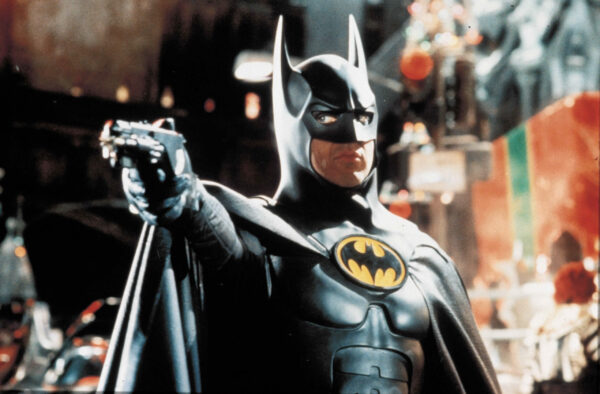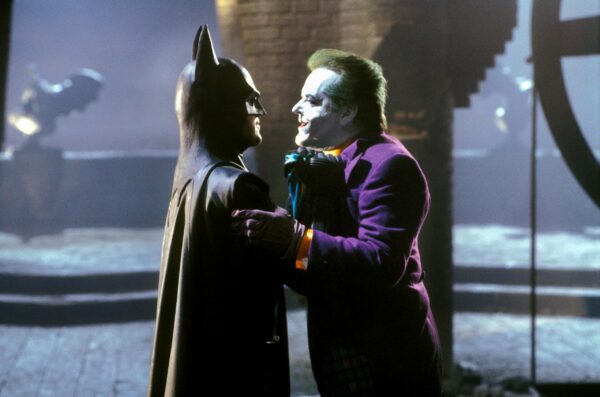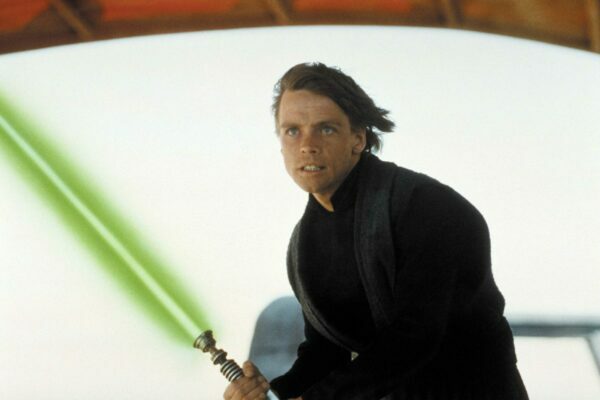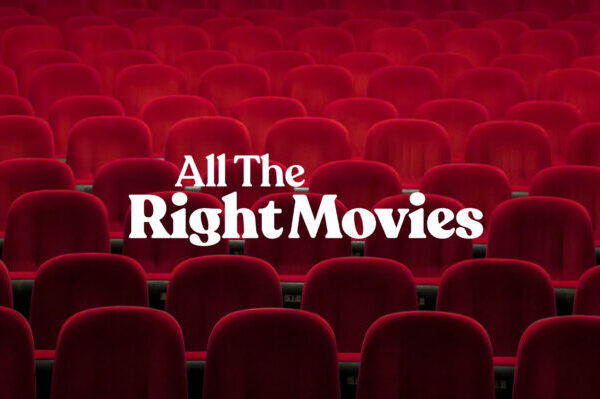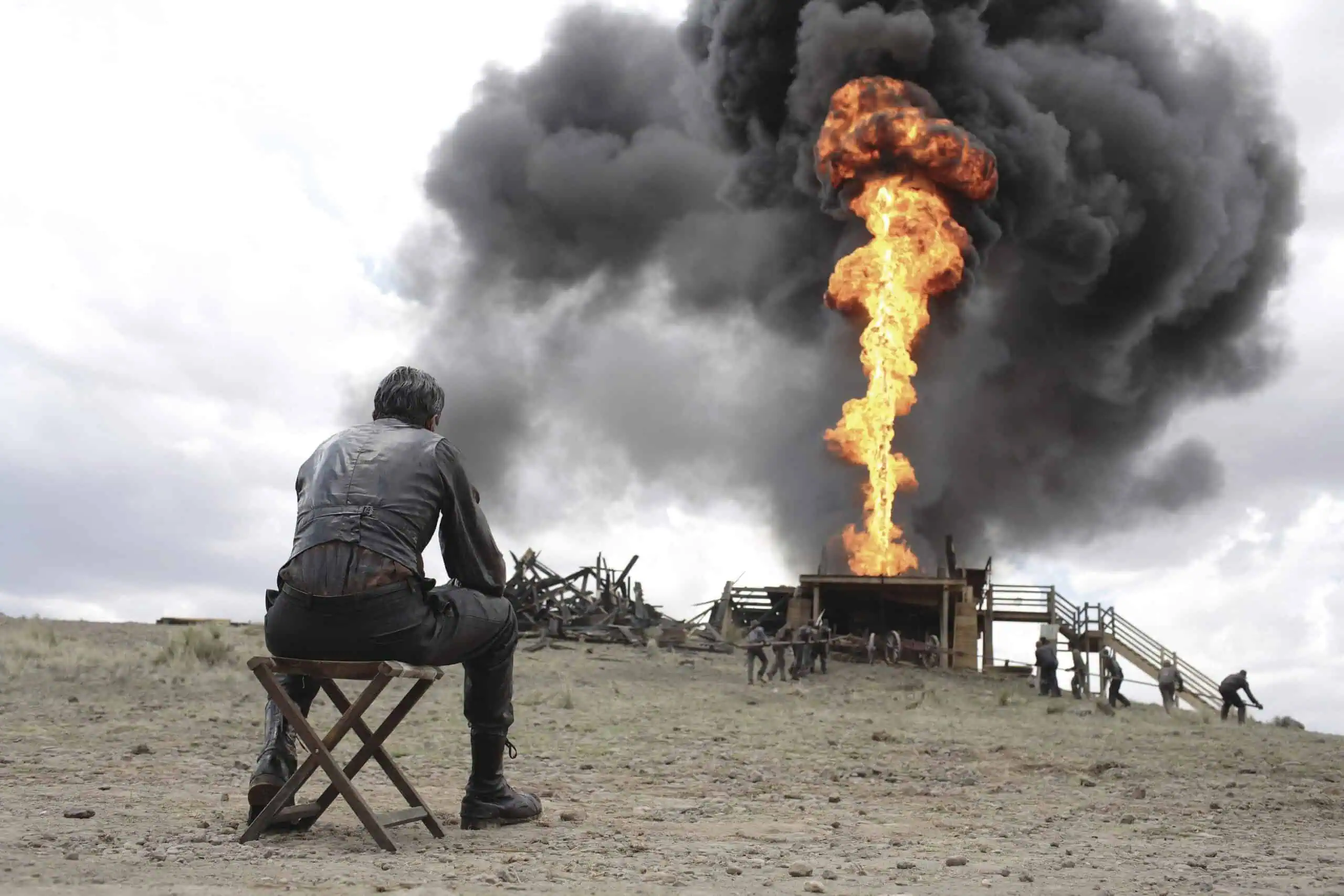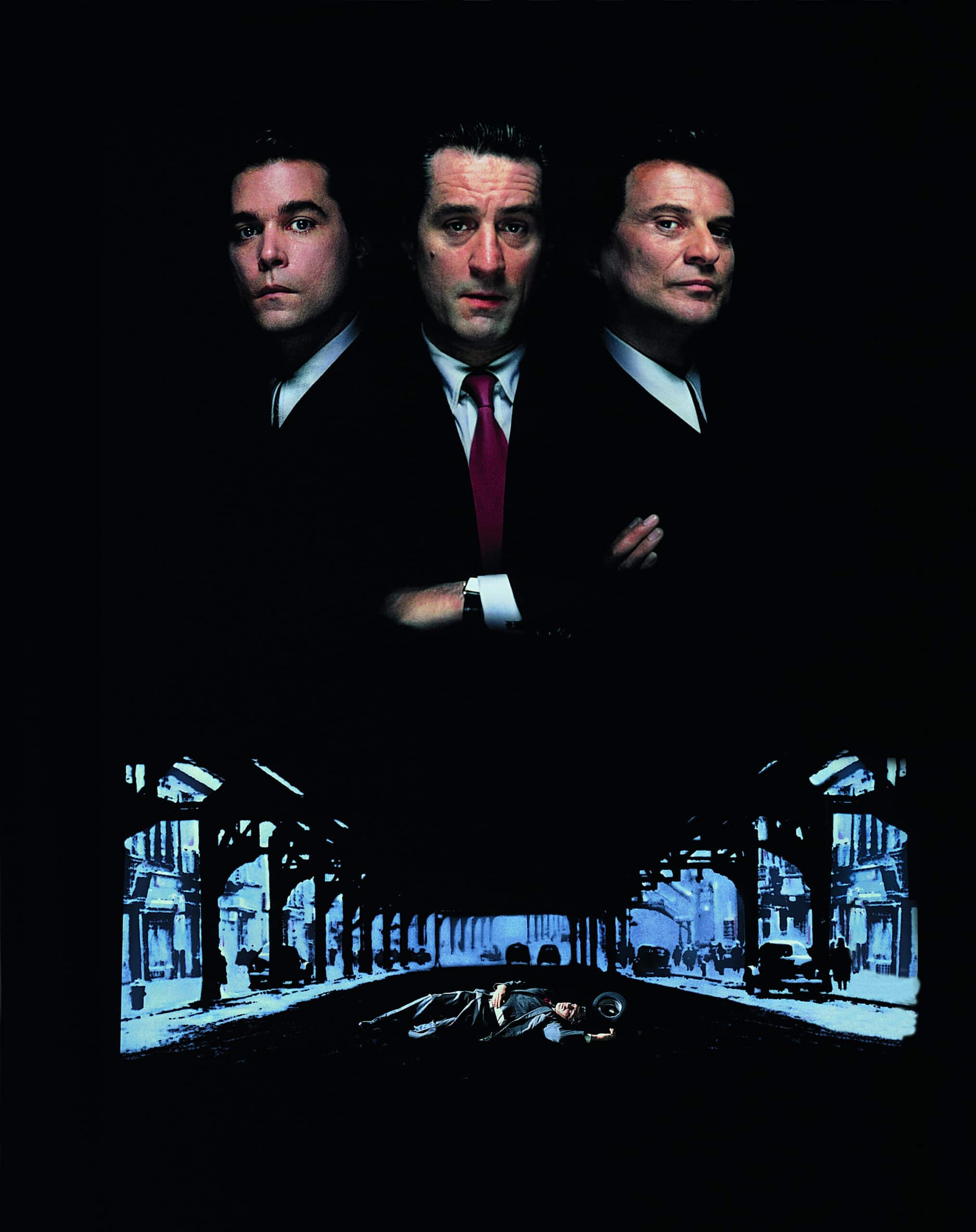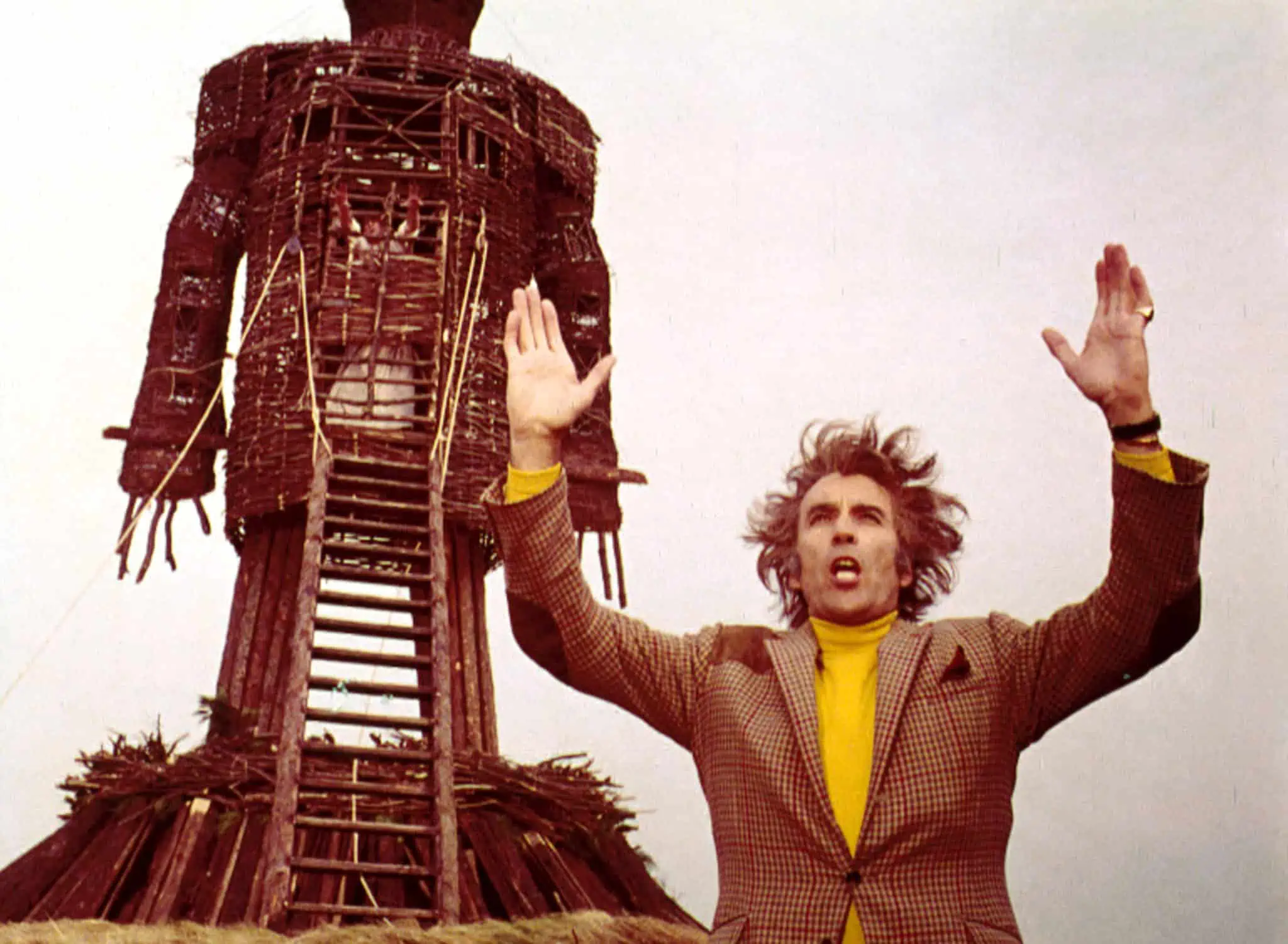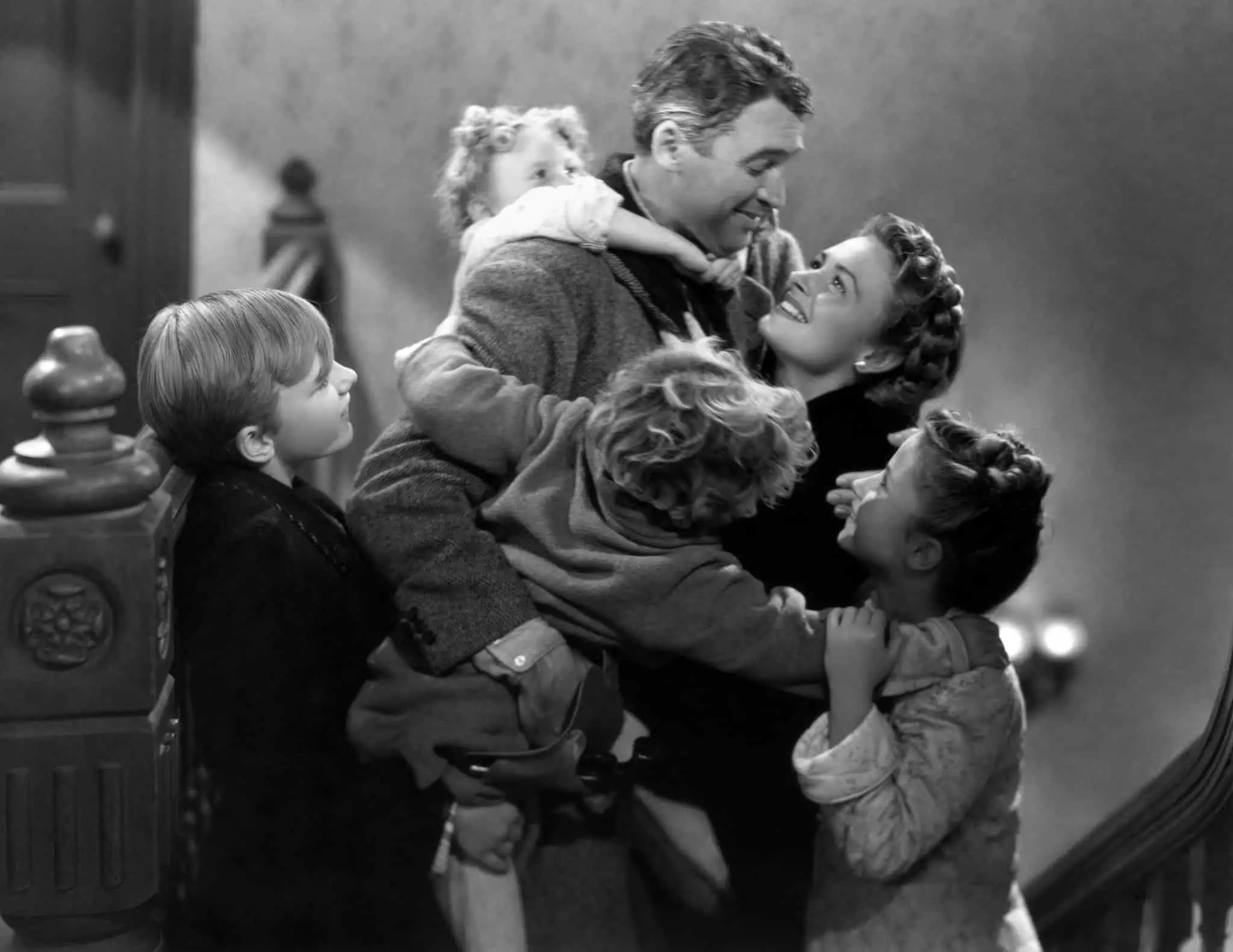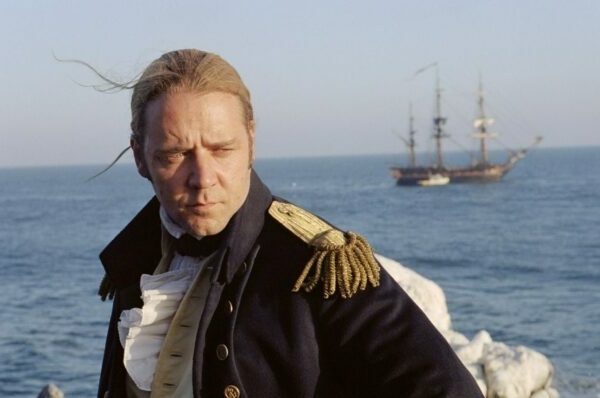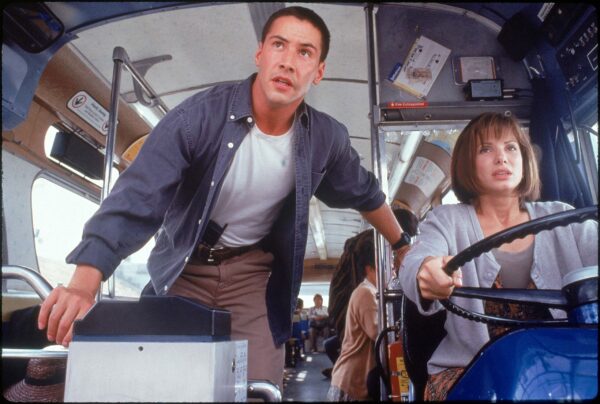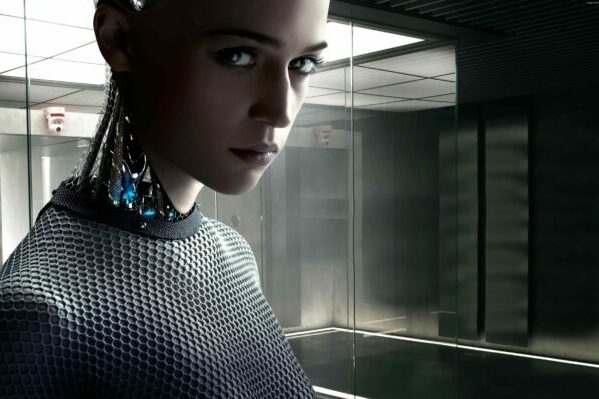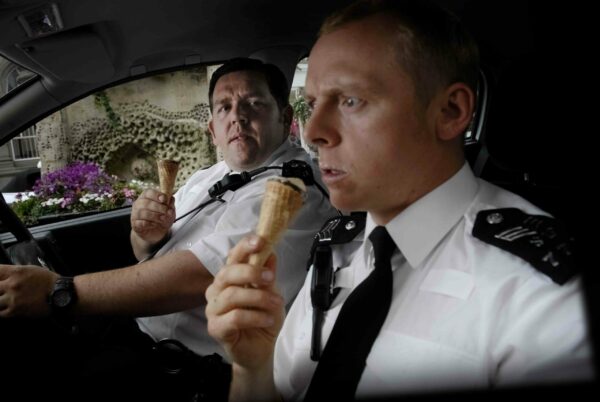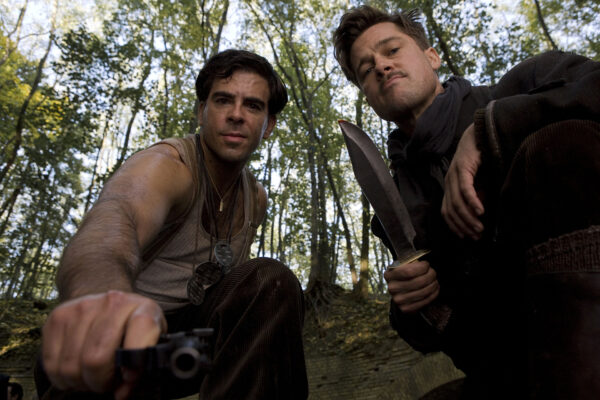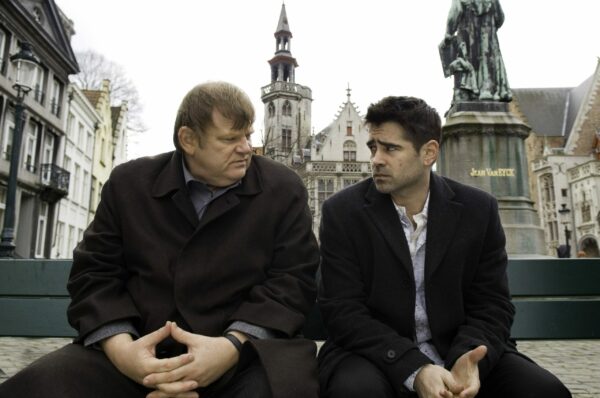
Our new Top 10 is looking at the visual, as we bring you the 10 most beautiful movies ever made. For more great video content and Top 10 movie lists, subscribe to our YouTube channel.
A great image is born from a combination of lighting, framing, colour, composition, or character, and they can make or break a film. We’re journeying through the biggest movie genres in Hollywood to give you our rundown of the Ten Most Beautiful Movies Of All Time.
We’re going genre-by-genre to bring you our list of the Ten Most Beautiful Movies Of All Time. For more great video content and Top 10 movie lists, subscribe to our YouTube channel.
Subscribe to our YouTube channel
10. The Western
Getting the ball rolling, we’re looking at one of the oldest genres – the western.| The open range, gunslingers, saloons, and the frontier. |The western has provided some of the most stunning images in Hollywood, |a big reason the genre has endured through the decades.
Classic examples:
The Searchers (1956) has some of the most indelible shots and most famous opening/closing images in cinema. Once Upon A Time In The West (1968) captures everything from vast wilderness to the whites of its cast’s eyes. And High Noon (1952) reflects perfect performances and a sublime score to provide timeless cinematography,.
Our winner:
Our winner… it may not have the iconic status of those other classics, but its beauty is beyond question. From 2007 and writer/director Andrew Dominik, it’s The Assasination of Jesse James By The Coward Robert Ford (2007).
An epic revisionist western based on Ron Hansen’s 1983 novel, The Assasination of Jesse James dramatizes the real-life relationship between outlaws Jesse James and Robert Ford in stunningly visual fashion.
Working with 2-time Oscar-winning Director of Photography Roger Deakins, Dominik treats his audience to some of the most beautiful shots ever seen on the big screen. Taking stylistic influence from American realist painter Andrew Wyeth, as well as late 19th century photographic stills, Deakins creates a sense of constant foreboding, pioneered a new vignetting technique called ‘Deakinising’ and was Oscar-nominated for the 7th time.
A visual masterpiece, possibly Deakins’ greatest work, and our pick as the most beautiful western ever filmed.
9. Thriller
Next up on our list, we’re looking at the Thriller genre.| Characterized by the moods they elicit, well-executed thrillers| give viewers heightened feelings of suspense, excitement, and anxiety | – the perfect partners to visual storytelling.
Classic examples:
Badlands (1973) uses vivid colour and stunning location to paint the dream world its criminal young lovers are desperately chasing. Mulholland Drive’s (2001) mysterious, Lynchian narrative is reflected perfectly in its surreal aesthetic. And Chinatown (1974) is a layered, complex story enhanced by the stunning, rural ambience of its cinematography.
Our winner:
For our selection though, we’re heading to the decaying streets of 1970s New York. It’s Martin Scorsese and Robert De Niro for… Taxi Driver (1976).
Set in a post-Vietnam and morally bankrupt New York City, Taxi Driver follows Travis Bickle’s descent from war veteran to killer as he bids to wash the scum from the streets.
Taking stylistic inspiration from acclaimed documentaries (A Bigger Splash, 1973) and film noir (The Wrong Man, 1956), Scorsese and his DP, Michael Chapman, create a surreal, minimally-lit landscape that, like Travis’s POV, is a distorted view of reality.
With loneliness a central theme, the camera moves as if a conscious observer, highlighting Travis’ worsening mental state and increasing alienation from society, as he heads down a path to murder.
The perfect example of visual style and substance, Scorsese’s most stunning film, and the 9th entry in our list.
8. Animation
Often overlooked in discussions about cinematography, animated films – with their focus on colour, framing and movement – are just as capable of creating beauty as live action, and that’s what we’re looking at for our eighth position.
Classic examples:
The Prince of Egypt (1998) combines huge scale and ancient art in a stunning feat of animation. Anime masterpiece Akira (1988) created colour to look at once painfully realistic and eerily uncanny. And Spider-Man: Into the Spider-verse (2018) blends countless animation techniques to be possibly the most stylishly modern entry on our list.
Our winner:
Our pick, though, is to be found in Japan, 2001. From Studio Ghibli, it’s Spirited Away.
Animation legend Hayao Miyazaki’s most acclaimed work, Spirited Away is a fantasy tale of a young girl – Chihiro – and her adventures in the world of Kami spirits.
The volume of imagination and visual creativity on display is nothing less than staggering as Miyazaki presents Chihiro’s exploration of the spirit realm via Japanese religious and cultural imagery, groundbreaking animations, and dazzlingly immersive colours.
A landmark in animation, Spirited Away is packed with complex symbology and meaning and, for us, is the most beautiful animation of them all.
Our pick, though, is to be found in Japan, 2016. From auteur Makoto Shimkai, it’s Your Name.
Animation legend Shimkai’s most acclaimed work, Your Name is a romantic fantasy tale of two teenagers – Taki and Mitsuha – who form an intense bond when they suddenly and inexplicably begin to swap bodies.
The volume of imagination and visual creativity on display is nothing less than staggering as – through his young couple – Shimkai explores narrative themes of love, youth, grief, and destiny against a visual thematic backdrop of traumatic beauty, groundbreaking animations, and dazzlingly immersive colours.
A modern landmark in animation, Your Name is packed with complex symbology and meaning and, for us, is the most beautiful animation of them all.
7. Action movie
Not necessarily synonymous with beautiful shots and imagery, the action movie genre isn’t exactly awash with examples of stunning beauty but, when a talented filmmaking team focuses their attention on stunning-looking action, the results can be astonishing.
Classic examples:
The Last Of The Mohicans (1992) combines glorious battle scenes and visceral action to breathtaking effect. Quentin Tarantino provides a visual fusion of influences and innovation in Kill Bill vol. 1 (2003). And The Matrix (1999) takes inspiration from comic books and Japanese anime to create stunning, unique visuals.
Our winner:
For our pick, though, we’re heading to one of the most acclaimed directors of all time and one of his most revered movies. It’s Alfred Hitchcock with North By Northwest.
A rare Hitchcock foray into the action genre, North By Northwest is the story of ad executive Roger Thornhill who, after a potentially fatal case of mistaken identity, is pursued across America by a group of criminals with deadly intent.
Working with his longtime DP collaborator, Robert Burks, Hitchcock tells his story through images of astonishing depth and clarity. The mise-en-scéne, vibrant colours and perfect compositions convey the tension the film needs, and with his mastery of establishing shots, medium shots and close up, Hitchcock is able to toramp up the suspense scene-by-scene.
Hitchcock and Burks’ most disciplined collaboration, a marvel of lighting and technicolour, and a masterclass in how to shoot beautiful action.
6. The War movie
Onto number 6 now, and we’re looking at a Hollywood staple – the war movie. By definition, big in scale and striking in imagery, some of the most acclaimed filmmakers in history have made a war film, and they’ve provided some of the most memorable images in history.
Classic examples:
Schindler’s List (1993) presented the horrific cruelty and evil of the holocaust via stunning black and white photography). The Thin Red Line (1998) combines colour and Vietnamese nature to beautiful effect. And Dunkirk (2017) presents World War II to a level of authenticity and scale rarely seen before.
Our winner:
Huge productions there and, for our choice, we’re looking at maybe the biggest of them all. Francis Ford Coppola’s Vietnam epic… Apocalypse Now (1979).
A re-imagining of the classic book, Heart of Darkness by Joseph Conrad, Apocalypse Now tells the story of Captain Willard’s river journey to Cambodia to kill renegade Colonel Kurtz.
Coppola is the brains and it’s his legendary 3-time Oscar-winning DP Vittorio Storaro who provides the eyes as they juxtapose the horrors of war and beauty of Vietnam to mind-blowing effect.
Coppola’s vision combined with Storaro’s masterful use of color, darkness, shadow, and light that have made Apocalypse Now stand the test of time, and then some.
An enormous production, a breathtaking film, and our pick as the most beautiful war movie ever filmed.
5. Horror
Into the top 5, and we’re looking at one of the most popular genres of all – the Horror. In a continuous state of evolution, the horror movie may have changed a lot over the decades, but has always been a source of shocking beauty.
Classic examples:
The Shining (1980) creates an increasing sense of foreboding with a stunning array of camerawork and colour. Don’t Look Now (1973) uses framing and a sombre palette to symoblise the darkness of grief. And Let The Right One In’s (2008) focus on visual realism gives the supernatural elements a visceral impact.
Our winner:
When it comes to beauty in terror though, there is a standout for us. We’re going back to 1977 for Dario Argento’s Italian supernatural classic Suspiria.
The first entry in Argento’s The Three Mothers trilogy, Suspiria is the story of Susie Bannion – a young dancer who travels to Berlin and becomes entangled in witchcraft and the occult.
With DP Luciana Tovoli, Argento creates a tangible onscreen synergy between story and cinematography via a feast of intensely expressive images. The colour palette is extraordinary, rich with primary hues and deep blacks, making the tone violent and provocative and simultaneously pulling the audience into Argento’s surreal world.
An outstanding collaboration between the two Italians, a unique use of light and colour, and the most extraordinary-looking film in horror.
4. Classic Hollywood
We’re turning our attention back a bit further now, to look at Classic era-Hollywood. From silent through black and white to technicolour movies, classic Hollywood is rich with iconic films, and all time great cinematography.
Classic examples:
Vertigo (1958) uses intense colour and distorting perspective to disorient and unsettle its audience. The Wizard Of Oz (1939) was an explosion of fantasy and technicolour that broke new ground. And Citizen Kane (1941) pioneered new techniques to become a landmark in visual storytelling.
Our winner:
All outstanding achievements but, for our winner, we’re going for another Orson Welles-featuring classic. We’re off to postwar Vienna looking for Harry Lime in The Third Man (1949).
A British film noir from 1949, The Third Man is the story of Holly Martins. A writer, who, on learning of the death of childhood chum Lime, finds himself pulled into a world of conspiracy, espionage and illicit love.
Carol Reed is the director with the vision and it’s difficult to overstate the importance of DP Robert Krasker in realising the astonishing imagery on display.
The expressionist-influenced cinematography sets an atmosphere of mistrust that undercuts the narrative, and Krasker’s harsh lighting contributes to the greatest reveal in all of cinema, but it’s with his famous use of Dutch angles where the DP really excels. Shooting much of the movie at tilted angles, Reed and Krasker create a sense of unease and tension that never lets up.
A unique-looking classic over 70 years later, and, for us, the most beautifully shot movie in classic Hollywood.
3. Non-Hollywood
Into the top 3 on our rundown, and we’re looking at non-Hollywood movies. Admittedly a category which would be worthy of several lists of its own, we’re looking at the most beautiful movies from around the globe.
Classic examples:
House of Flying Daggers (2004) presents Chinese martial arts with unprecedented, uncompromising beauty. In The Mood For Love (2000) is a Hong Kong romance of vibrant patterns, vivid colours and visual motifs. And Italian drama The Conformist (1970) is a masterpiece whose cinematic techniques have influenced filmmakers for decades.
Our winner:
Our pick, though, comes from the 1970s and one of the most acclaimed filmmakers of all time. The legendary Andrei Tarkovsky and his 1979 Soviet classic Stalker. Blending science fiction and psychological drama, Stalker tells the tale of a mysterious figure and his three-man expedition to a room which grants people their innermost wishes.
Visualising themes of faith and desire, Tarkovsky and DP Alexander Knyazhinsky create a striking and mysterious landscape that more closely resembles a disorienting nightmare than a beautiful dream. Filming in sepia tones and muted colours and juxtaposing a blend of desolate constructs with the beauty of nature, this is science fiction at both ends of the spectrum – wondrous and bleak.
Some of the most stunningly bizarre imagery ever captured on film, a master filmmaker at his best, and one of the most beautiful movies of all time.
2. Science Fiction
Onto number 2, and we’re sticking with genre to explore science fiction in more detail. By its very nature, science fiction grants filmmakers limitless possibilities with new worlds or technology to explore, and it’s responsible for some of the most beautiful aesthetics in movies.
Classic examples:
Metropolis (1927) broke ground to present a beautiful utopian city above a bleak dystopian underworld. Solaris (1972) used jarring shifts between colourways to enhance its thematic storytelling. And Blade Runner (1982) created a tech noir landscape of neon, shadow, and rain to change science fiction forever.
Our winner:
Blade Runner would have been a worthy entry in any position on this list but, for our science fiction spot, it’s another behemoth of the genre. Stanley Kubrick and his seminal 2001: A Space Odyssey (1968).
Telling the story of the evolution of humanity, from the dawn of man to space-dwelling star child, 2001 is one of the most ambitious movies ever made, technically, narratively and aesthetically.
With DP Geoffrey Unsworth, Kubrick creates a highly visual experience, infusing each frame with thematic meaning and symbology through a stunning use of shape, a pointedly expressionistic use of colour, and never-before-seen special effects.
Throw in huge scale movie magic, the colourway-exploding stargate sequence, and the most famous match cut in cinema and you have all-time great filmmaking, some of the most complex ideas ever put on screen and, for us, the most visually breathtaking science fiction movie ever made.
1. Drama
We’ve reached the number 1 spot in our countdown and, for the winner, we’re looking at the classic drama. A genre seeking emotional conflict and resolution, it accounts for a huge part of cinema, and has given us some of the most memorable imagery in Hollywood history.
Classic examples:
The Godfather (1972) told an epic mafia tale, and helped redefine American cinematography along the way. The Last Emperor (1987) used colour to communicate emotion and enhance already magnificent visuals. And Tree of Life (2011) contains some of the most impressive shots of the natural world seen in film.
Our winner:
To decide our winner, though, wasn’t too difficult a choice. We’re with the Ottoman Empire for the most epic drama of them all. From director David Lean it’s Lawrence of Arabia (1962).
Based on the life of T. E. Lawrence and his 1926 book Seven Pillars of Wisdom, the film depicts Lawrence’s time in Greater Syria, his involvement in World War I, and struggles with his own identity in one of the most extraordinary collections of imagery ever seen.
With an astonishing eye for texture and movement, and despite working in blinding heat, Lean and 3- time Oscar winning DP Freddie A. Young use their camera to paint an array of impressionistic portraits and tell a cinematic story to a level rarely seen on the big screen.
Utilising the vastness of the desert as a stage on which to perform, Lean and Young created the most iconic wide shots ever filmed, one of the most famously stunning character introductions of all time, and one of the most acclaimed cuts in history.
One of the great achievements in cinema history, a true epic in every sense of the word, and the most beautiful movie of all time.
So what do you think of our list? Do you agree with our picks, or think we’ve missed out some even more stunning films? Let us know in the comments below and subscribe for more All The Right Movies videos.
You may also like...
The beginning of a beautiful friendship
Stay up-to-date with all things All The Right Movies by signing up for our e-newsletter.


